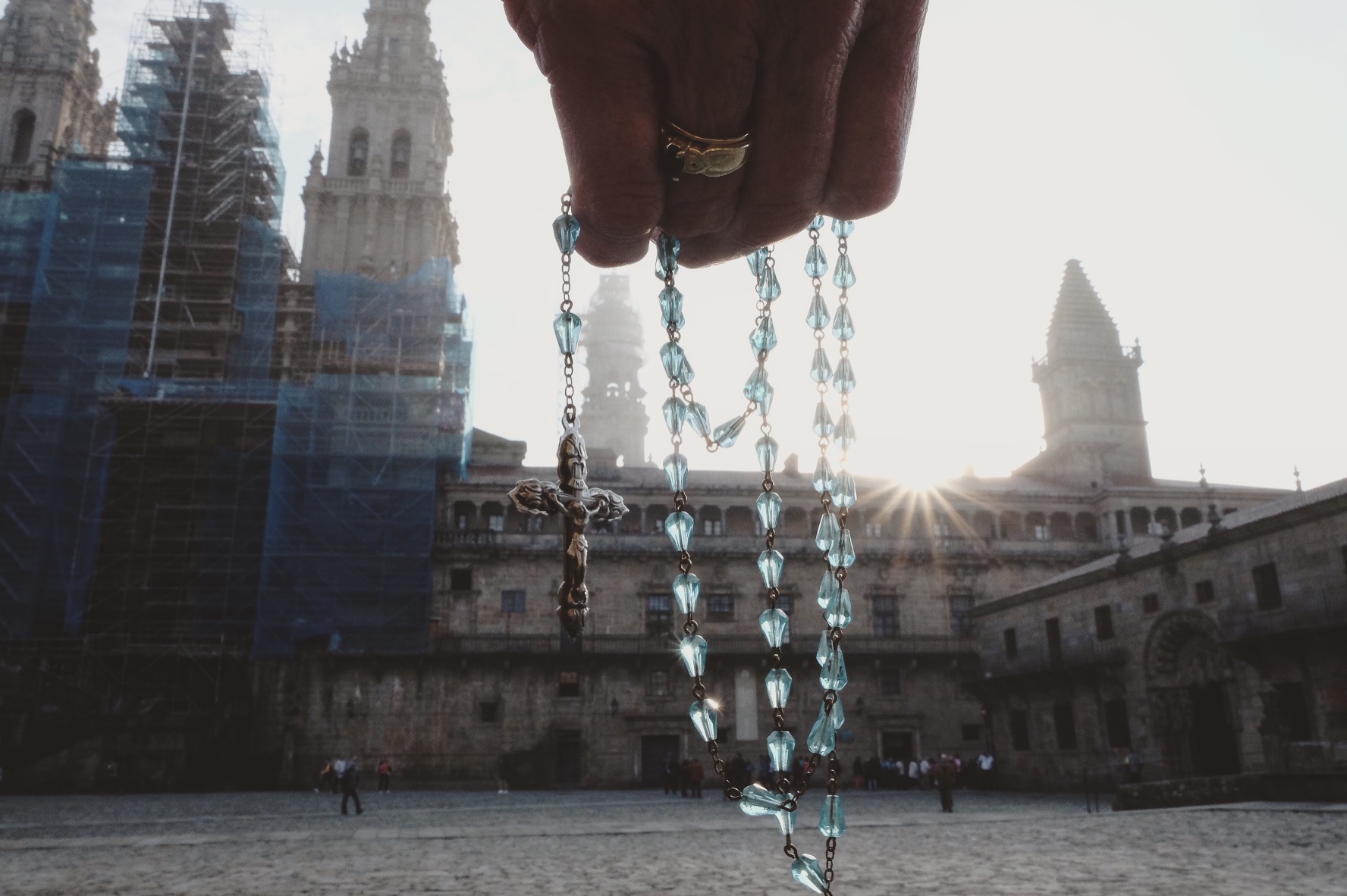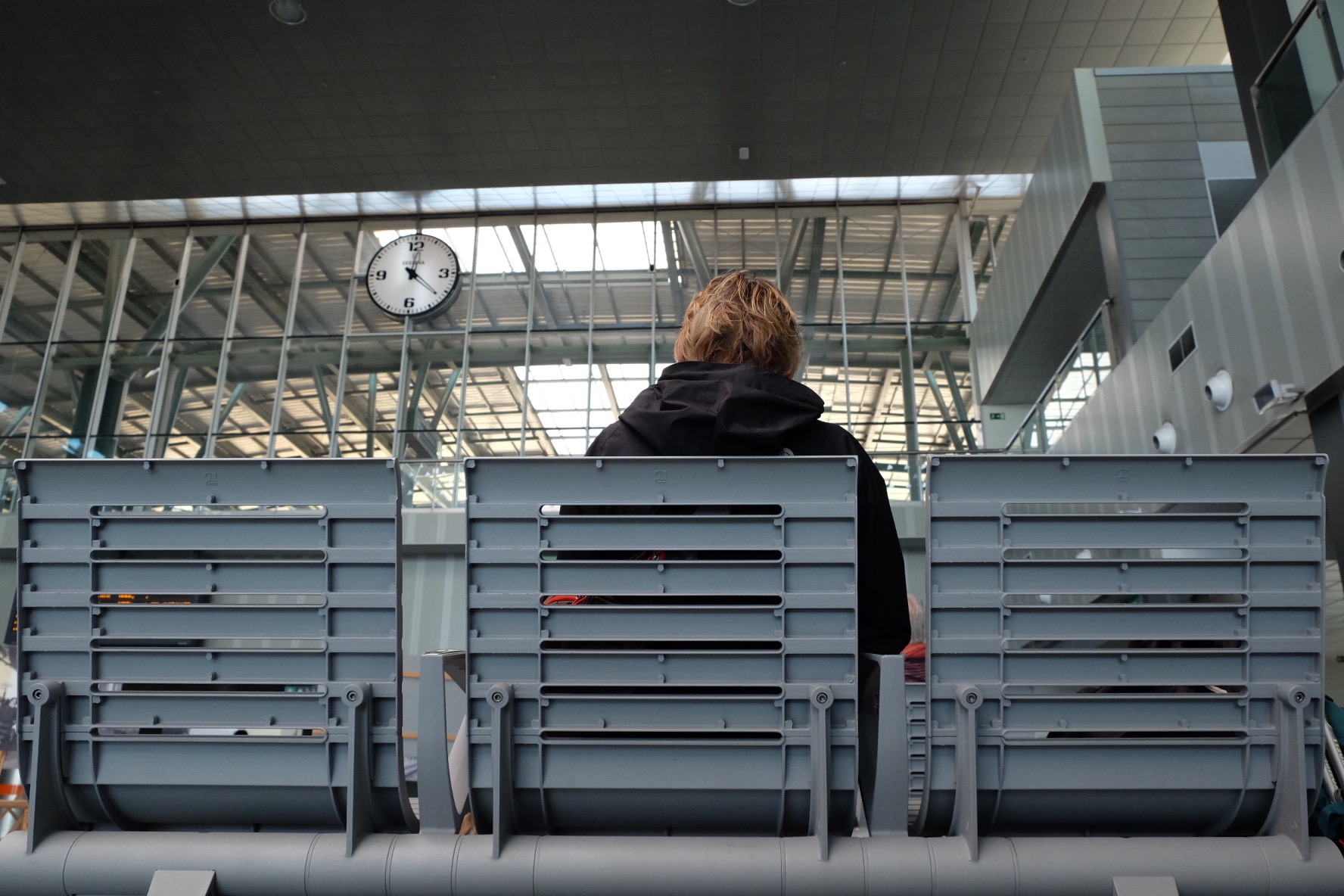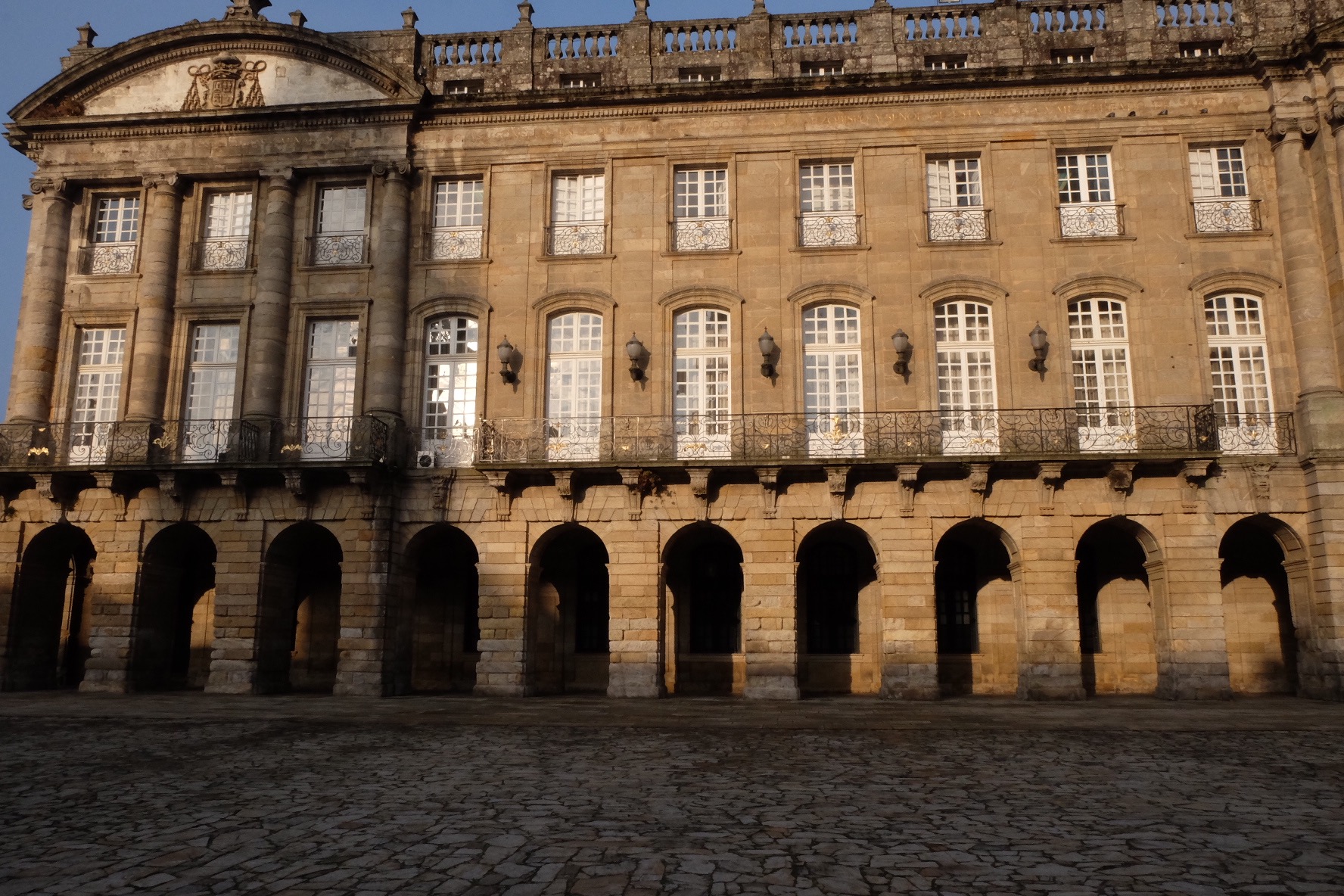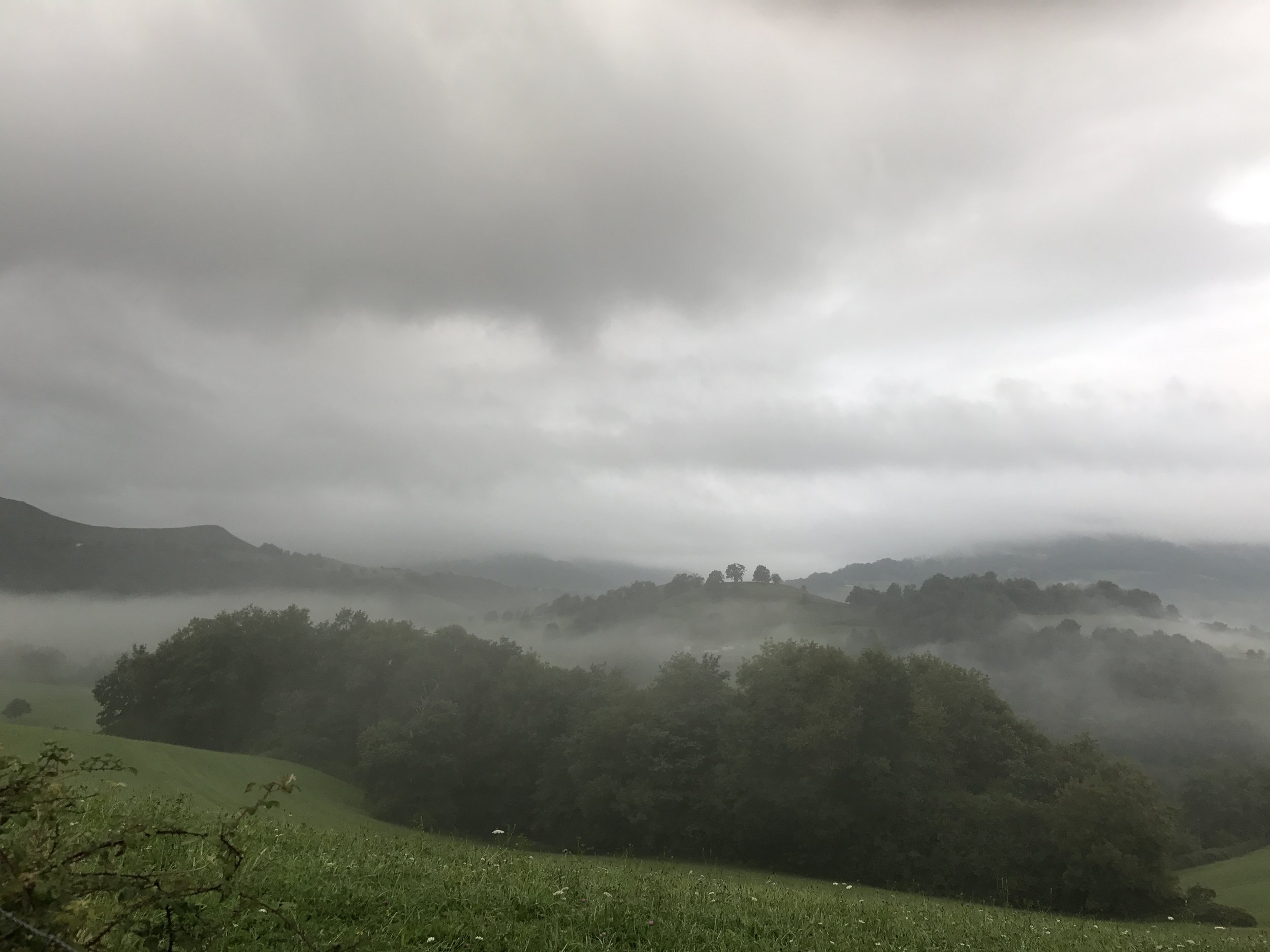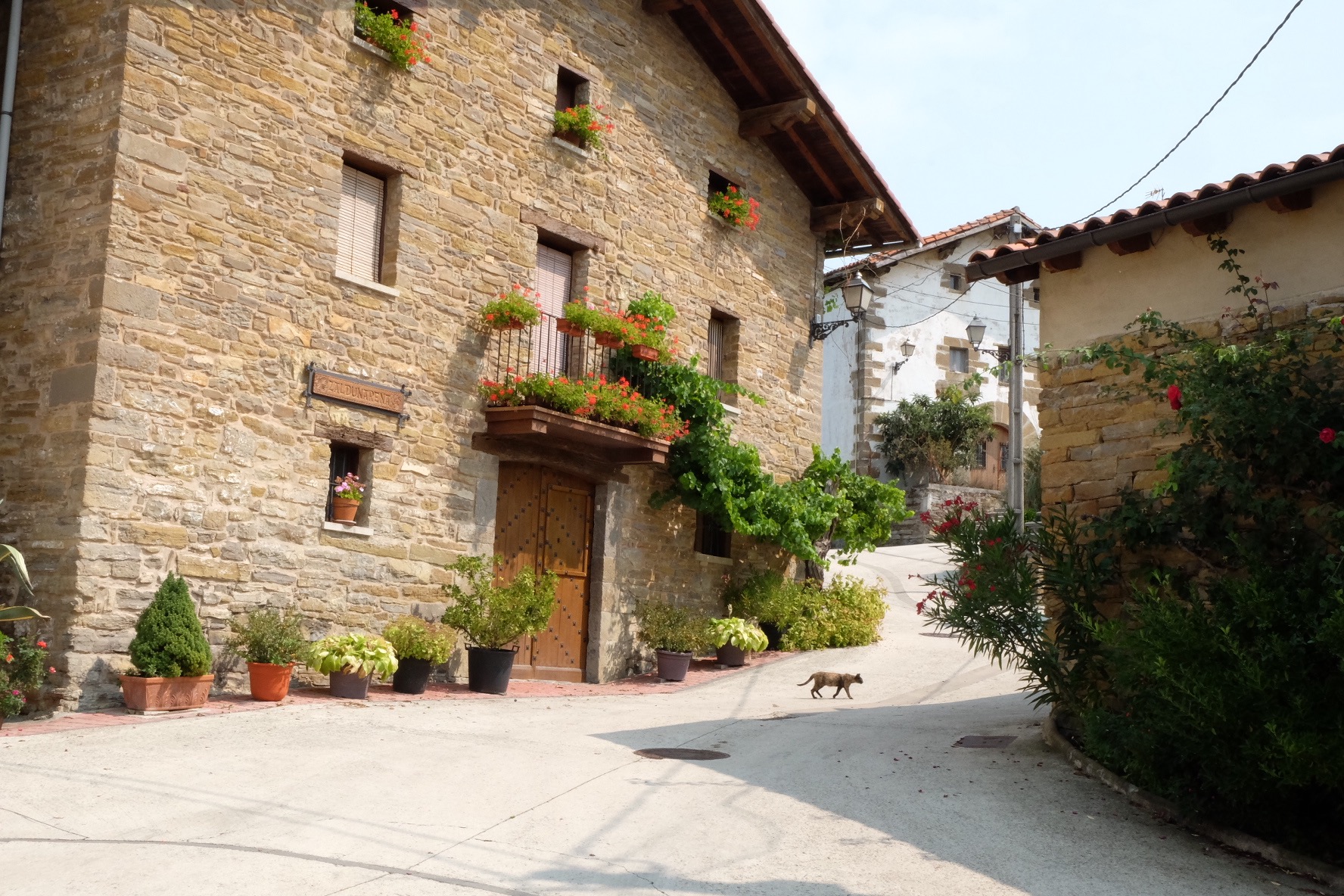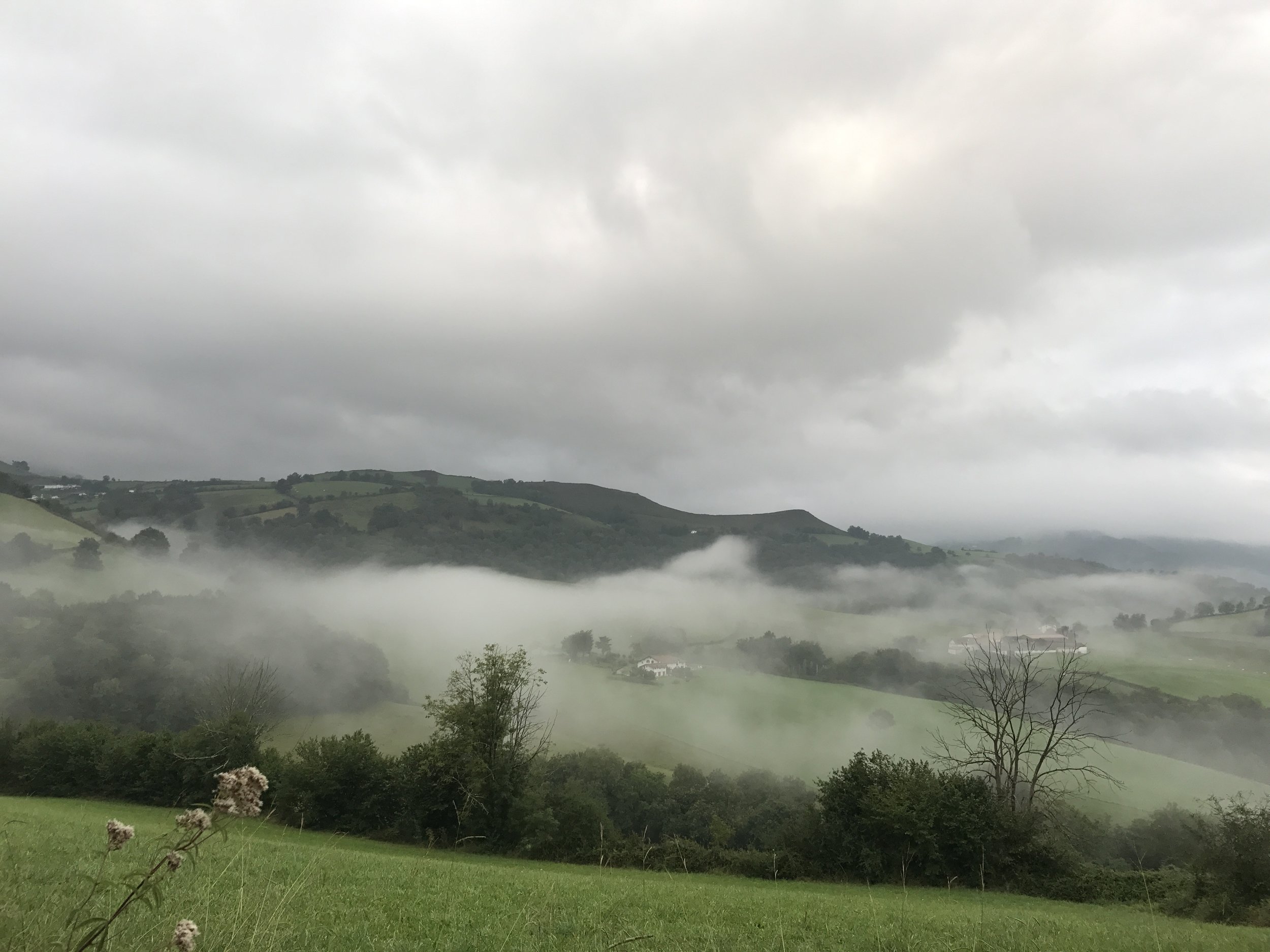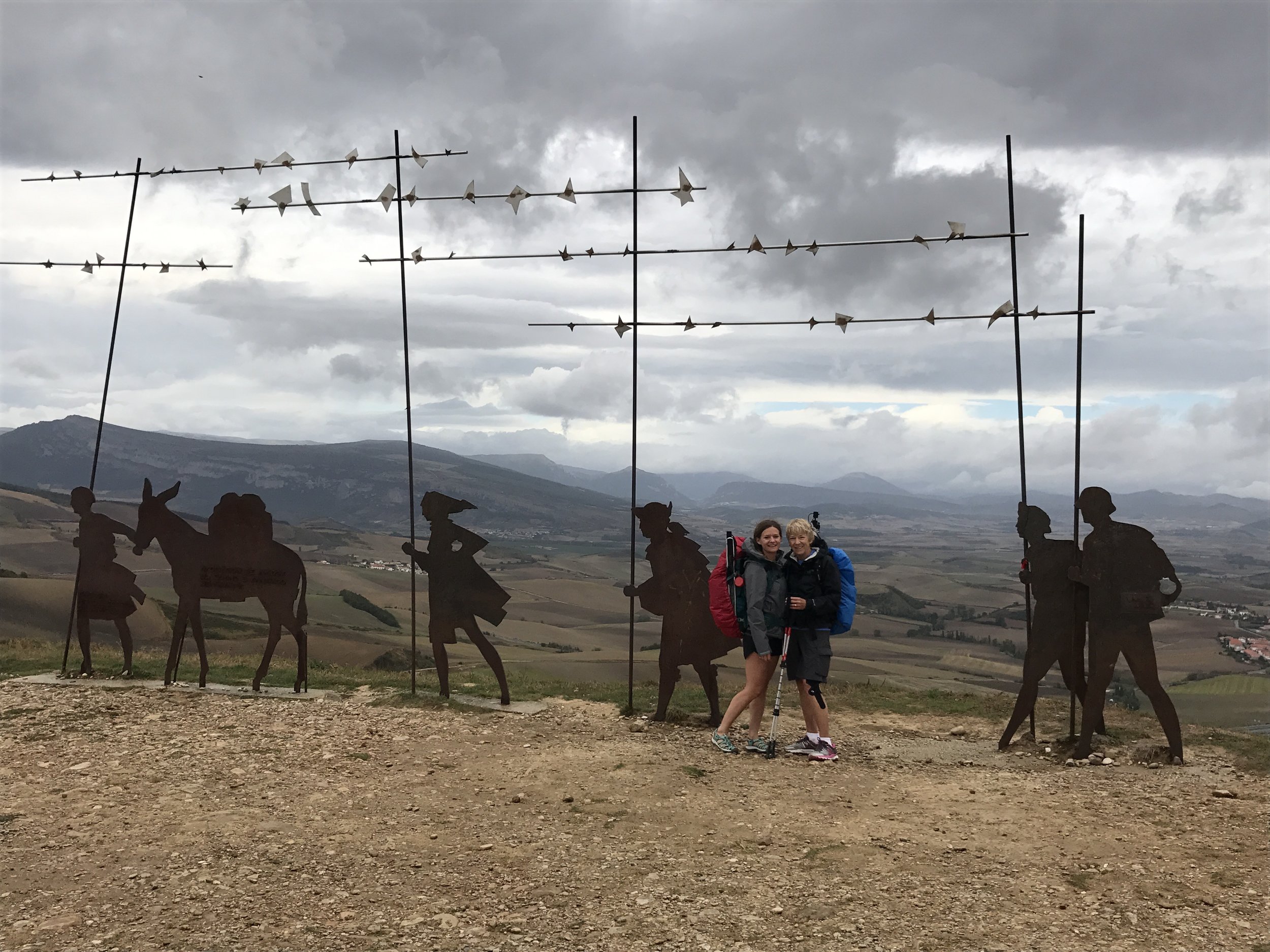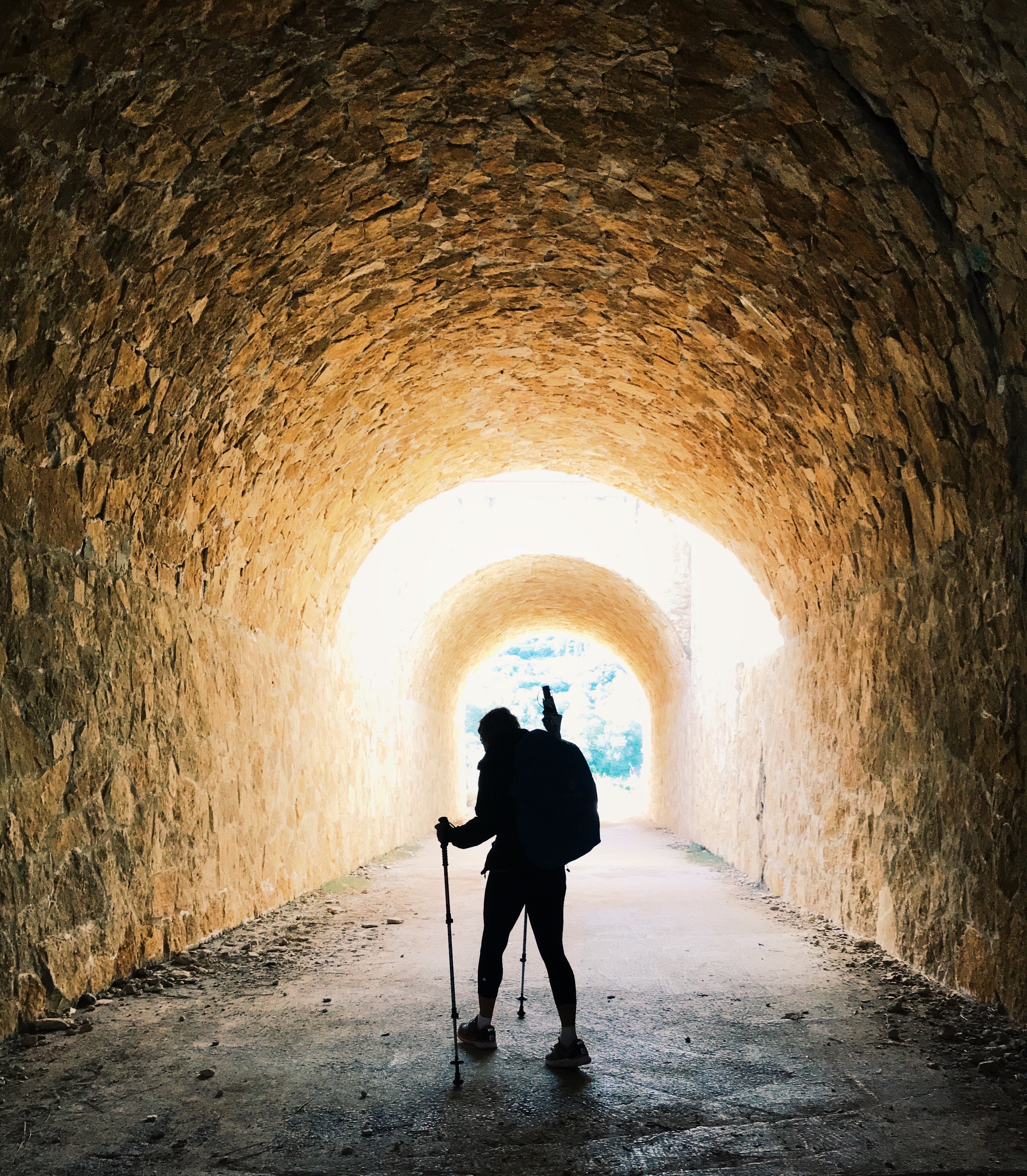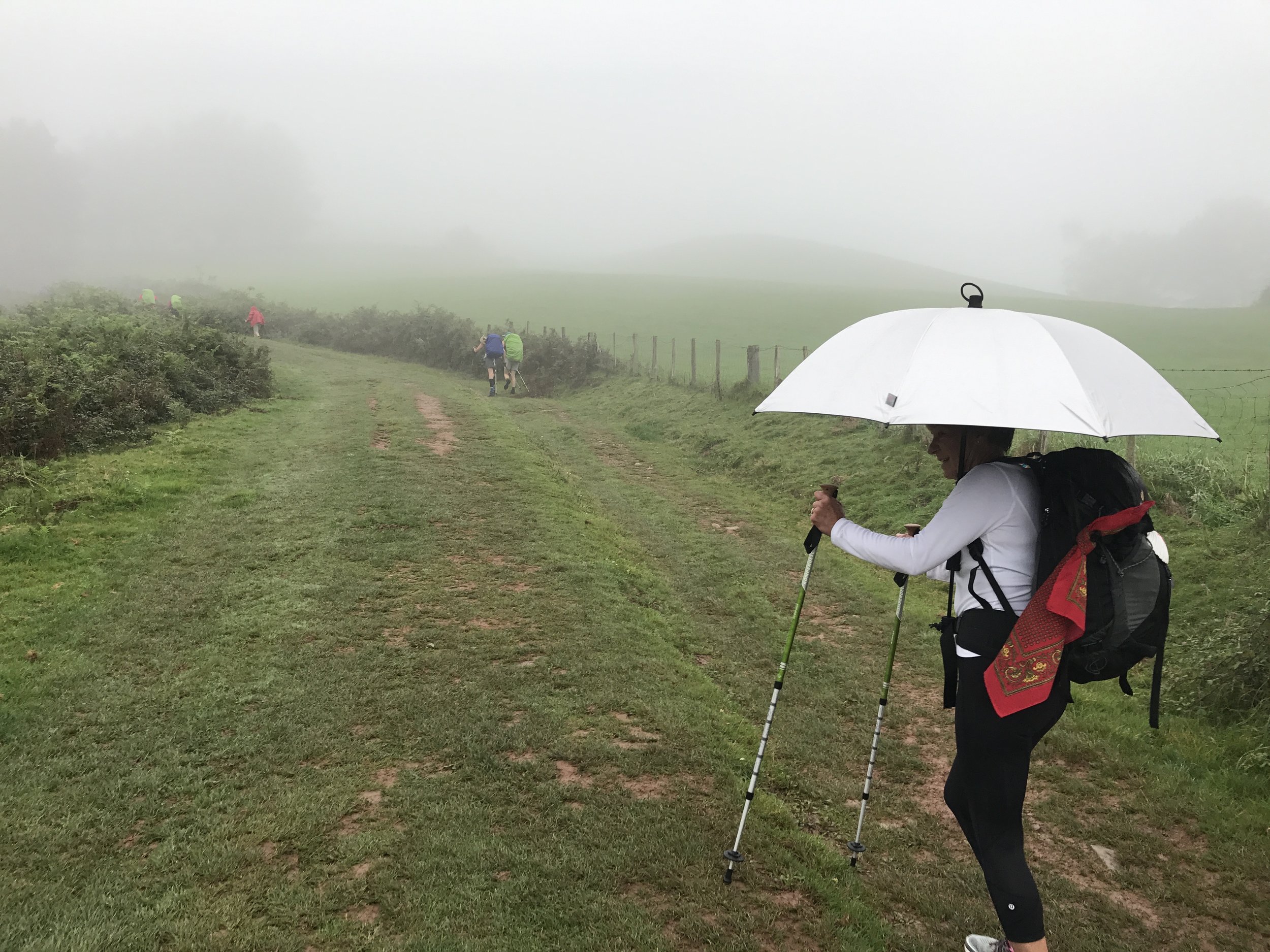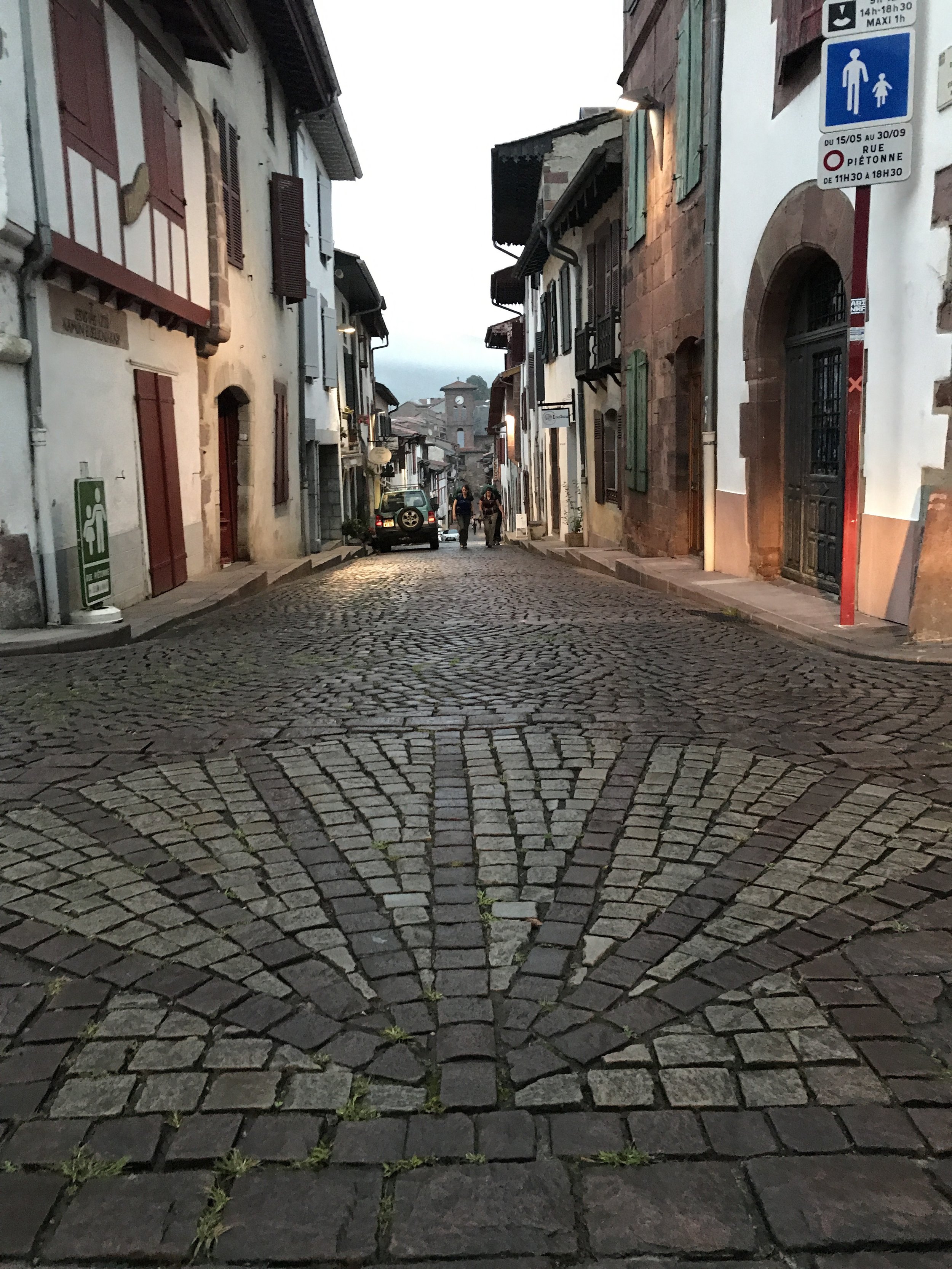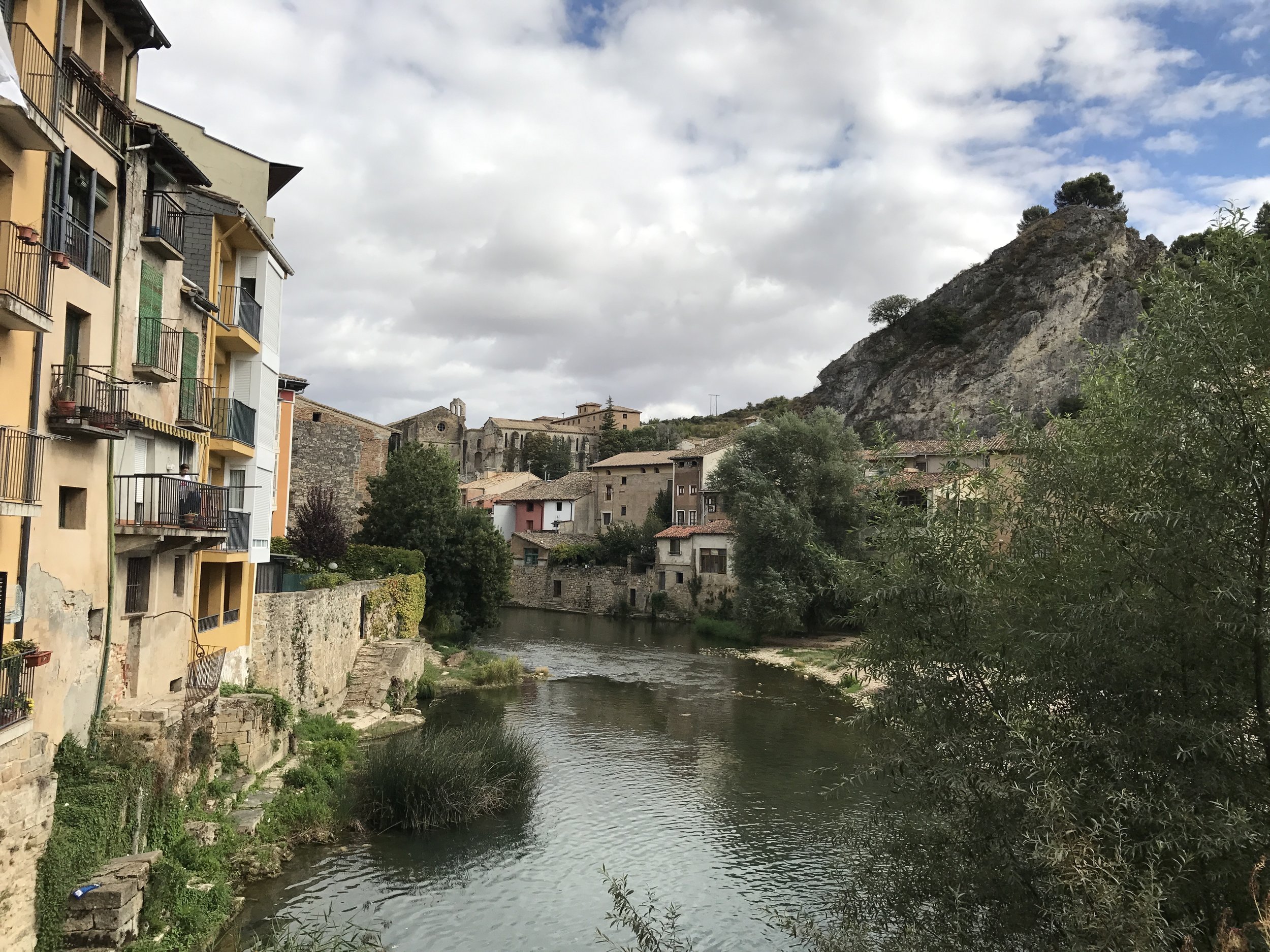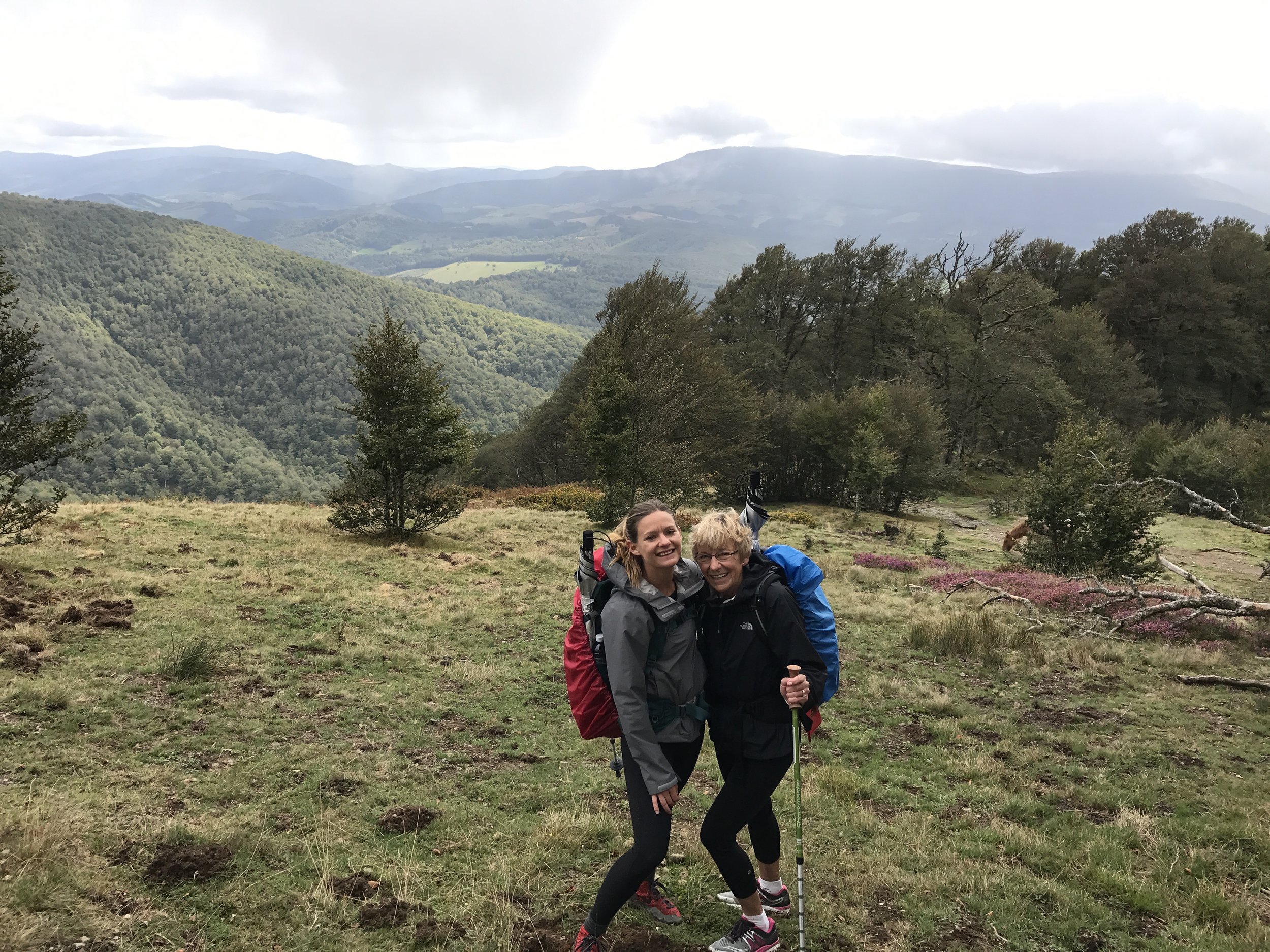Originally published as part of graduate research at MSU-Mankato, 2019
Effects of Urbanization: How Rural Retreats Cultivate Creativity
Imagine for a moment the typical corporate boardroom. It is designed to be as efficient and functional as possible. Everything is identical in shape, size, color, and space; the cohesion is undeniably succinct from the mesh-backed black chairs to the monochrome telephone to the spacing of the matte silver door handles. It comes as no surprise, then, that consistent meetings within a room of this design are unlikely to be a breeding ground for “aha!” moments. This analysis will serve as an argument for the importance of routinely exposing professional groups to a natural environment in order to promote creative thinking.
On the surface, living and working in a bustling urban city promotes attractive benefits of engaging its community members in advancements of arts, entertainment, business opportunities, etc. More and more people around the world are gravitating toward urban environments, creating an epidemic of smaller, more densely populated urban cities where open spaces once occupied. According to UN, an additional 2.5 billion people are predicted to live in urban areas by 2050 (UN News, 2014). As the growth of smaller urban cities continues to rise, so does the lack of access to green space. This is detrimental for a myriad of reasons, one vastly important issue being the constant exposure to stimuli with little to no reprieve. Additionally, in any given workplace environment within the confines of the urban landscape, one is unlikely to encounter a natural environment for days—or even weeks—at a time due to overwhelmingly rigid schedules and seemingly endless construction.
The traditional 9 to 5 lifestyle is quite simply not conducive to spending quality time outdoors. With the status quo being a house-to-work-and-back-again schedule, when do people have the opportunity to slow down? When do they find the time to let their brains take in an hour of solitude and quiet? Where do they go to escape the noise and lights of the city?
The notion that that the brain suffers dramatic neural effects due to over stimuli is nothing new, whereas according to psychologist Donald Hebb it is “reported that rats allowed to run free in his home performed better on problem-solving tasks than rats kept in standard laboratory cages” (Lambert, Nelson, Jovanovic, Cerdá, 2014). This coincides with Charles Darwin’s discovery that domesticated rabbit’s contained smaller brains than their wild counterparts (Lambert, et al., 2014). These findings suggest a strong link to the development and function of the brain when habitually exposed to natural elements. The importance of exposure to natural environments is clear – it cultivates clarity, decision-making, and the opportunity to think creatively.
In a world of increasing technology and distraction, businesses are starved for both employee retention and team development. Without proper time outside of office walls, teams are likely to fall into a pattern of what Josef Pieper, German philosopher, referred to as ‘total work.’ David Levy alludes to Pieper’s theories in his article No time to think: Reflections on information technology and contemplative scholarship, 2007. In reference to Pieper’s theories, Levy recounts Pieper’s claim that “The world of work is becoming our entire world, it threatens to engulf us completely, and the demands of the world of work become greater and greater, till at last they a make a ‘total’ claim upon the whole of human nature” (Levy, 2007, p.240).
This workplace-focused trajectory threatens our ability to utilize leisure to our creative advantage. Increasingly, one of the biggest obstacles of our generation is burnout. In an op-ed written by Huffington Post Founder and CEO, Arianna Huffington, burnout is referred to as the “disease of our civilization.” According to Huffington, the American workplace refuses to divert from its current path to destructive environmental qualities and instead “glorifies an approach to measuring success that leads to burnout and a culture enraptured with technology to the point that tools meant to give us greater control of our lives have, instead, taken control of our lives” (Huffington, 2013). Burnout displays itself in many different forms ranging from exhaustion to irritability to the inability to continue in your current role due to disinterest. Depriving teams the opportunity to disconnect and gain clarity in a significantly less frenetic environment is harmful to the mental and physical health of everyone involved in the business. As creativity dwindles and burnout grows, employers are likely to find they cannot keep their teams focused enough to thrive in competitive markets.
To put it simply, teams can benefit greatly from time away from their daily interactive environments. A rural retreat in an area like Northern Minnesota offers a company the ability to get employees out of the office and into a fresh environment, encouraging imaginative thinking and the opportunity to disconnect from their over-stimulated lifestyles. A meeting set in a Northwoods environment overlooking a quiet, crystal clear lake can transform the mind and body to slow down and think differently. Without the distraction of busy streets, bright lights, monochromatic office walls and stifling agendas, the mind is free to wander in new, imaginative directions.
To experience a rural retreat, contact me or check out The Leadership Center at Sugar Lake Lodge for more information.
References
More than half of world's population now living in urban areas, UN survey finds | UN News. (2014, July 10). Retrieved from https://news.un.org/en/story/2014/07/472752-more-half-worlds-population-now-living-urban-areas-un-survey-finds
Brains in the city: Neurobiological effects of urbanization | Neuroscience & Behavioral Reviews. (2014, October 8). Kelly G Lambert, Randy J Nelson, Tanja Jovanovic, Magdalena Cerdá. Retrieved from d2l.
No time to think: Reflections on information technology and contemplative scholarship | Ethics and Information Technology. (2007). David M Levy. Retrieved from d2l.
Burnout: The Disease of Our Civilization | Huffingtonpost.com. (2013, October 21). Huffington, A. Retrieved from https://www.huffingtonpost.com/arianna-huffington/burnout-third-metric_b_3792354.html




